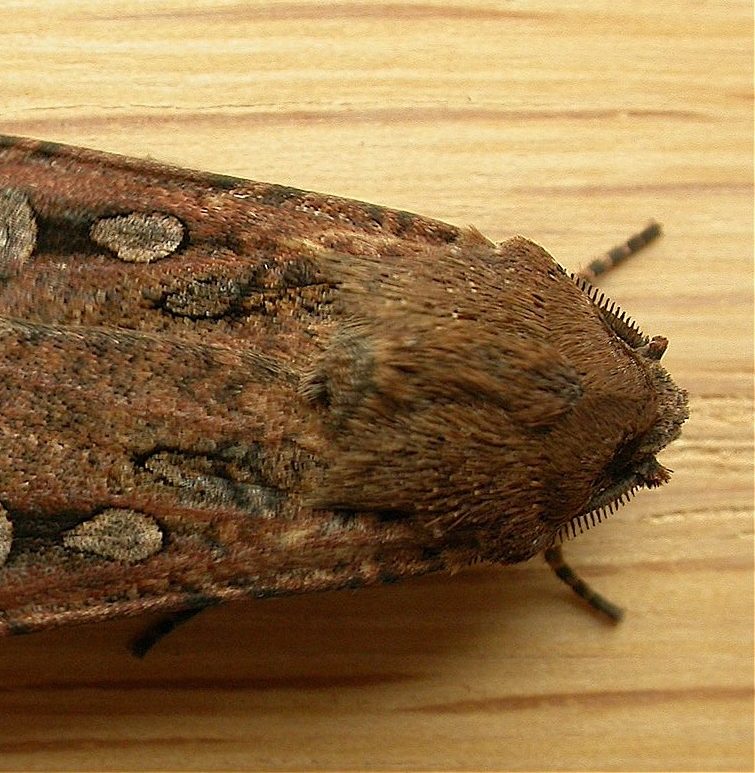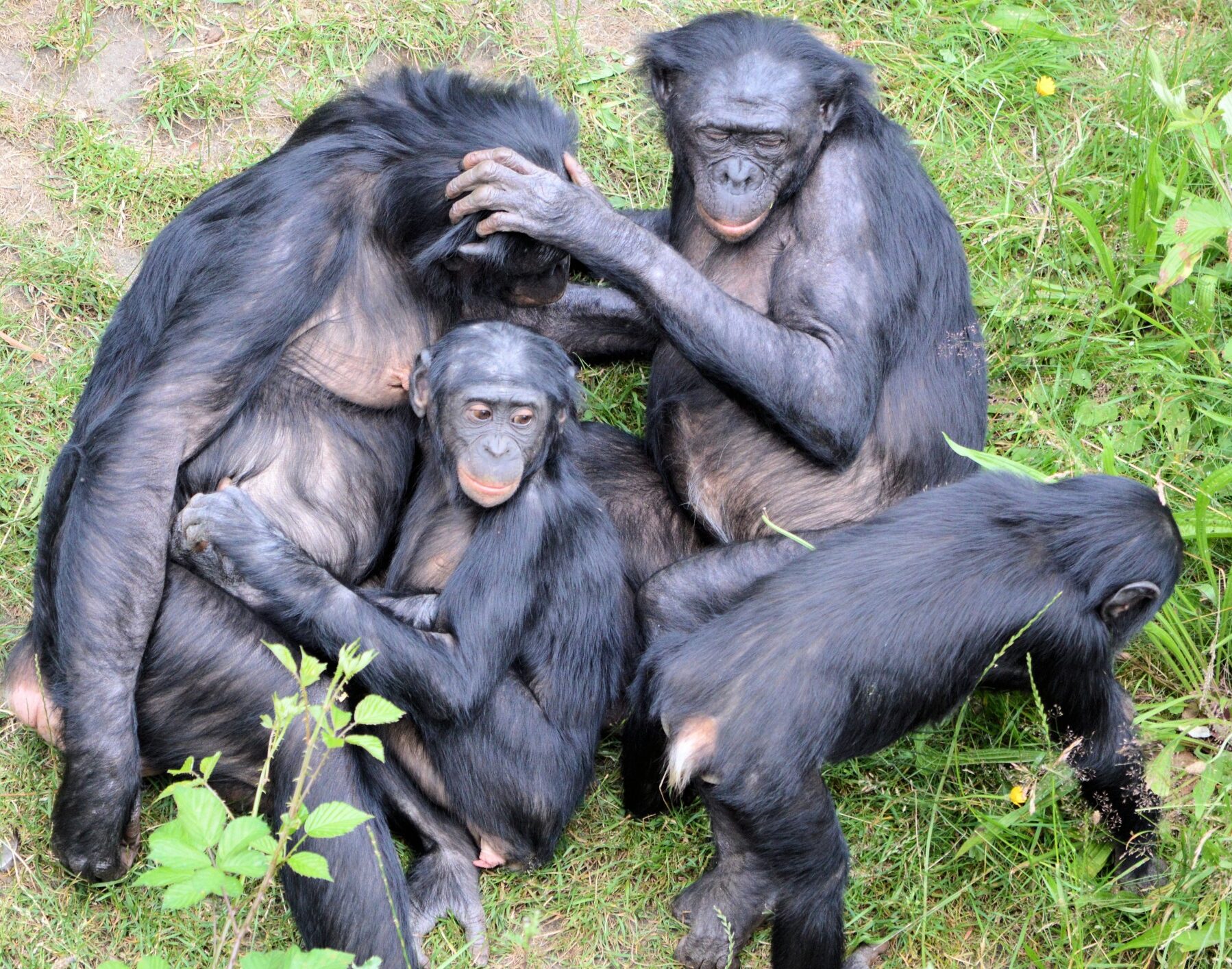The bogong moth (Agrotis infusa) is a small but incredibly important insect in Australia’s alpine ecosystem. Every year, millions of these moths migrate from lowland breeding areas to the cool mountain regions of southeastern Australia to escape the summer heat. These moths are a crucial food source for many animals, including the endangered mountain pygmy-possum, making their survival vital for the entire alpine ecosystem.

Credit: Donald Hobern, CC BY 2.0
A Population Without Borders
Scientists recently discovered something surprising about bogong moths: their population is completely mixed, with no distinct groups based on location. This is called panmixia, meaning moths from different areas interbreed freely, keeping their genes well-mixed across their entire range.
How does this happen? The answer lies in the wind.
Wind: The Invisible Guide
Researchers used genetic testing and wind pattern models to understand how bogong moths migrate. They found that the moths’ migration isn’t carefully directed—instead, they rely on wind currents to carry them. Strong spring and autumn winds can blow moths hundreds of kilometers in just a single night, mixing them across their breeding and mountain resting sites.
This random, wind-driven movement keeps their genes evenly spread out, preventing any isolated populations from forming.
Conservation Challenges
Because bogong moths are so widespread and their migration depends on wind, protecting them isn’t as simple as focusing on one area. Droughts and land-use changes in their breeding grounds can cause huge drops in their numbers, which then affects the animals that rely on them for food.
To save the bogong moth—and the species that depend on it—conservation efforts must protect their entire habitat range, ensuring they can continue their incredible wind-driven journeys.
Why It Matters
The bogong moth’s story shows how even small, common creatures can be the backbone of an entire ecosystem. By understanding how they migrate and mix, scientists can better protect them—and in turn, safeguard Australia’s unique alpine wildlife.
This research reminds us that nature’s connections are often invisible but essential—just like the wind that guides these tiny travelers.
***
“Stochastic wind-driven migration likely maintains panmixia in the endangered bogong moth, Agrotis infusa.” Ahrens et al. Biological Conservation (2025).
Featured photo credit: Donald Hobern, CC BY 2.0








